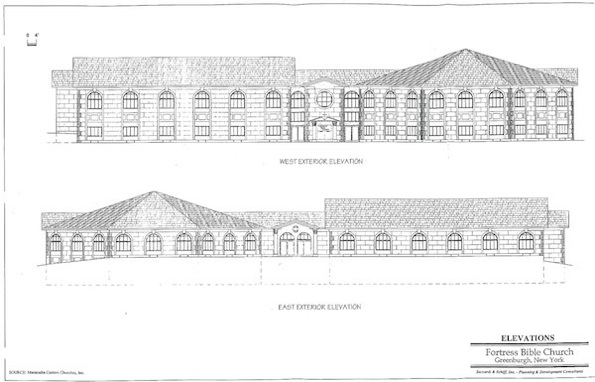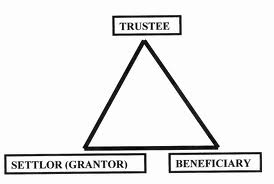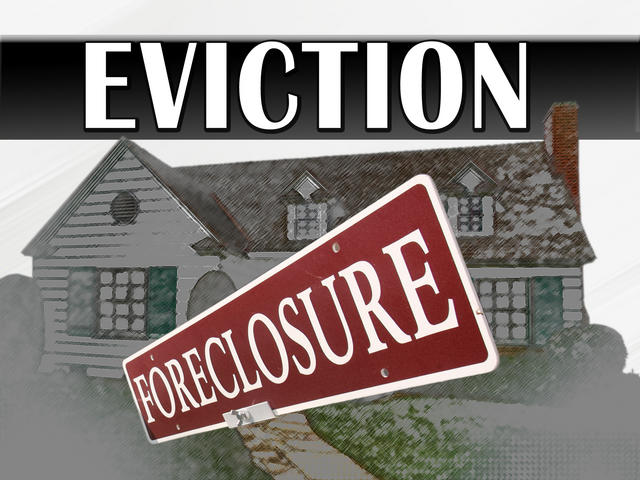 Our readers may have read a recent article in The New York Times concerning a compulsive hoarder (or “collector”) and his struggle to clean out his rent-stabilized apartment in order to avoid eviction. While this situation is so notorious that it even became the subject of an episode of the television series “Hoarders”, unfortunately the issue is not uncommon. This blog post will discuss hoarding in the context of a cooperative or condominium building and the legal remedies that the cooperative or condominium board has to preserve the standard of living of the building’s residents.
Our readers may have read a recent article in The New York Times concerning a compulsive hoarder (or “collector”) and his struggle to clean out his rent-stabilized apartment in order to avoid eviction. While this situation is so notorious that it even became the subject of an episode of the television series “Hoarders”, unfortunately the issue is not uncommon. This blog post will discuss hoarding in the context of a cooperative or condominium building and the legal remedies that the cooperative or condominium board has to preserve the standard of living of the building’s residents.
Hoarding is more than a personal problem for a shareholder or unit owner. The board’s response needs to take into account more than merely trying to give the unit owner a clutter-free existence. The real concerns behind a neighbor’s hoarding are as follows. Hoarding can be a symptom of mental illness. In some cases this author, on behalf of a cooperative board, has needed to inform the shareholder’s next of kin of a potential mental illness that needs to be addressed or has commenced guardianship proceedings to have an individual appointed as guardian of the shareholder to promote the person’s safety and well-being.
Article 81 of New York State’s Mental Hygiene Law governs the procedure for appointing a legal guardian for an adult, as may be necessary to provide for personal needs (such as health and safety) and/or to manage financial affairs. Usually the Supreme Court in the county in which the alleged incompetent resides is the forum for the hearing and trial, but in some cases the Surrogate’s Court in the same county can adjudicate the matter if it is in the context of an already existing estate proceeding. The Court may appoint a guardian if there is clear and convincing evidence that the person will suffer harm because he is unable to provide for his personal needs and/or property management and the person cannot understand the consequences of such inability. The guardianship procedure can be brought by “a person otherwise concerned with the welfare of the person alleged to be incapacitated”. Such a proceeding is commenced by Petition and Order to Show Cause, personally served upon the alleged incompetent. An independent court evaluator is appointed to determine the person’s ability to manage the activities of daily living, ability to manage one’s own financial affairs, and the necessity of appointing a guardian. After a trial or hearing, the Court may appoint a guardian to handle the affairs of the incompetent, who must undergo training, post a bond and file reports with the Court at regular intervals.




 In 1999, the Town Board of Greenburgh, located in Westchester County, New York, reviewed an application of the Fortress Bible Church to build a church and school on land that it owned within the Town borders. After review by the Town Board, the Board rejected the application, claiming that there were safety concerns regarding inadequate stopping distance from the main road to the Church entrance, as well as general safety issues related to traffic entering and exiting the Church site.
In 1999, the Town Board of Greenburgh, located in Westchester County, New York, reviewed an application of the Fortress Bible Church to build a church and school on land that it owned within the Town borders. After review by the Town Board, the Board rejected the application, claiming that there were safety concerns regarding inadequate stopping distance from the main road to the Church entrance, as well as general safety issues related to traffic entering and exiting the Church site.  The Associated Press recently reported about a
The Associated Press recently reported about a  A
A  In
In  Trusts provide a valuable tool in estate planning because they serve the purposes of preserving assets, protecting intended beneficiaries, and potentially saving or eliminating estate taxes. A trust is a legal document that conveys a “corpus”, or body of assets, from the settlor (the person who creates the trust and owns to assets) to a trustee (the individual or corporate entity with the responsibility of holding the assets) for the benefit of the beneficiary (the person who will ultimately receive the proceeds of the trust). A charitable organization may also be the beneficiary of a trust.
Trusts provide a valuable tool in estate planning because they serve the purposes of preserving assets, protecting intended beneficiaries, and potentially saving or eliminating estate taxes. A trust is a legal document that conveys a “corpus”, or body of assets, from the settlor (the person who creates the trust and owns to assets) to a trustee (the individual or corporate entity with the responsibility of holding the assets) for the benefit of the beneficiary (the person who will ultimately receive the proceeds of the trust). A charitable organization may also be the beneficiary of a trust. 


 Some of our
Some of our